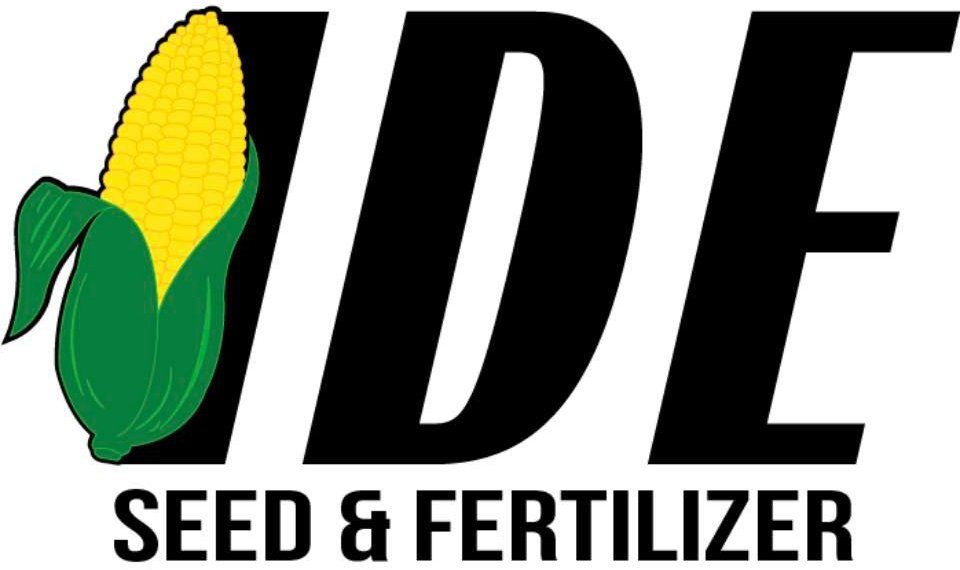The Facts About Carbon Intensity Scoring for Farmers
Let's Get the Facts Straight about CI Scores
Myth:In order to geta a CI (Carbon Intensity) score, you have to raise a cover crop.
Fact:It is not required for farmers to plant a cover crop in order to obtain a CI score.
Getting Education on Carbon Intensity Scoring
It's time to get educated on carbon intensity (CI) scoring. No more relying on hearsay or rumors from friends or acquaintances. Farmers need to start thinking for themselves instead of relying on unverified information. We’ve said it before, and we'll reiterate: CI scores are here to stay.
The demand for products with a lower carbon footprint, moving toward carbon net zero, is being driven by the current generation. The legislation being passed is bipartisan, and multiple industries, including aviation, oil, politicians, and farmers, are all working toward the same goal of reducing Greenhouse Gas (GHG) emissions. The benefit to farmers is that by getting on board, you can start receiving premiums in the form of 45Z tax credits.

Addressing Concerns: Bundling and Flexibility
One of the largest concerns farmers currently have is regarding bundling. The current GREET model guidance states that CI scores can be reduced by 5 points by bundling no-till farming and cover crop planting and a reduction of 10 points if enhanced-efficiency nitrogen fertilizer is used. Unfortunately, even farmers dedicated to reducing GHG emissions and lowering their CI score might face challenges that may inhibit them from using all of the outlined practices.
Everyone has the ability to lower their CI score, but as farmers, we all face different challenges across each state or region. We need the freedom to overcome these challenges and still be able to lower CI scores. So, the idea of bundling has to be reconsidered, and this model needs to be modified. What can you do? Contact your local legislators to discuss how you need the freedom and ability to lower your CI score as an individual farmer rather than being dictated how to do so.
The Bigger Picture: Sustainability and Consumer Demand
This initiative has more to it than just ethanol. The current generations of millennials (the largest generation group) and Gen Z are further dedicated to sustainability and taking action regarding climate change. How are they making a difference? These two generations have been found to be 27 percent more likely to purchase products from brands that show dedication to sustainability. This is why more industries than ever are taking a step in that direction. What does that mean for you as a farmer? It just means that right now, ethanol (and soon-to-be soybeans) is where change is happening.
The Aviation Industry and Sustainable Aviation Fuel (SAF)
A large driver of this initiative is in the aviation industry. The airline industry has publicly pledged to be net-zero carbon by 2050. While they plan to implement other practices to eliminate emissions, a large percentage (65 percent) will come from Sustainable Aviation Fuel (SAF). SAF produced from ethanol can significantly reduce GHG emissions. However, US corn ethanol does not currently have a low enough carbon intensity score to qualify. Sitting at a CI score of roughly 55, SAF requires a score of 25 or lower to qualify.
This is where farmers need to start getting certified CI scores that will begin to aid in lowering the scores of ethanol plants to get a lower score that will qualify. Similar to how the animal and dairy industry needed to initiate animal husbandry standards across the board, CI scores will be similar to that for the grain industry, so be ready for the paperwork.

The Importance of SAF for the Corn Industry
So why are we putting all of our eggs in the SAF basket? Well, according to data from the U.S. Department of Agriculture, the United States is no longer the leading exporter of corn. Countries are taking their business elsewhere, like Brazil, which has risen to the top in corn exporting. Therefore, as an industry, we can't rely solely on exportation to keep corn prices higher. SAF will need to use our product to help maintain good corn prices.
So, how can you get educated?
On June 18th, the Minnesota Soil Health Coalition is hosting a free lunch and workshop to learn more about carbon intensity scoring, soil health principles to reduce your scores, and how to be ready to sell your low-carbon grain for premiums. This is going to be a great event to get a baseline understanding of CI scores and get all of your questions answered.
